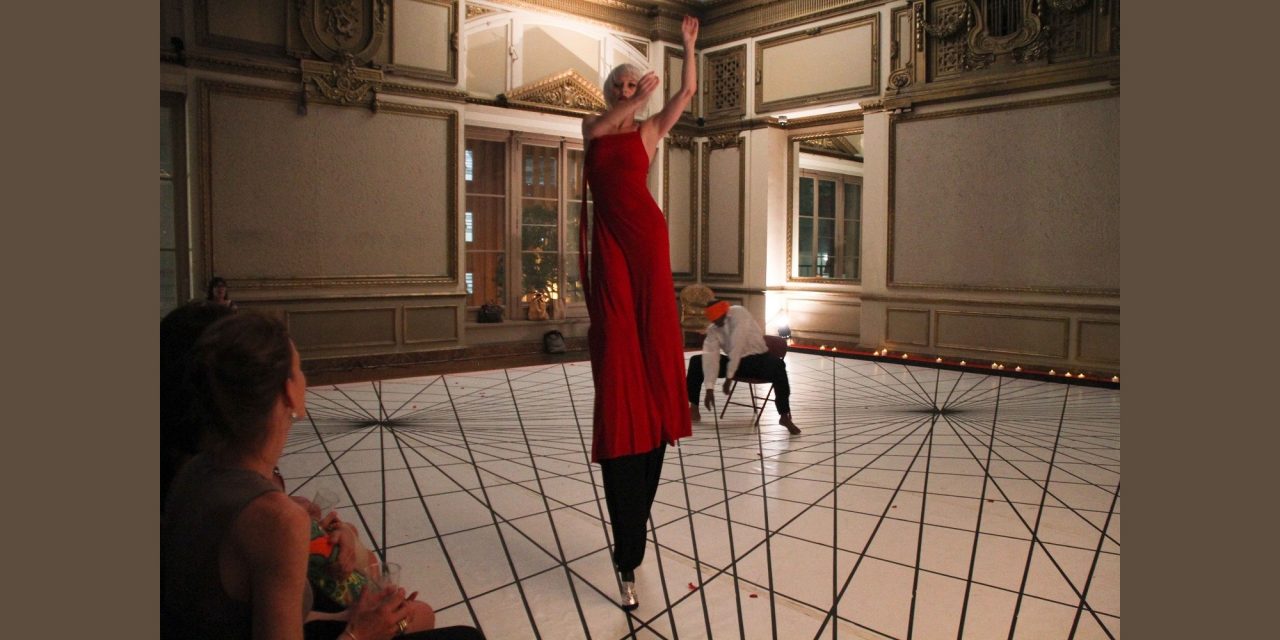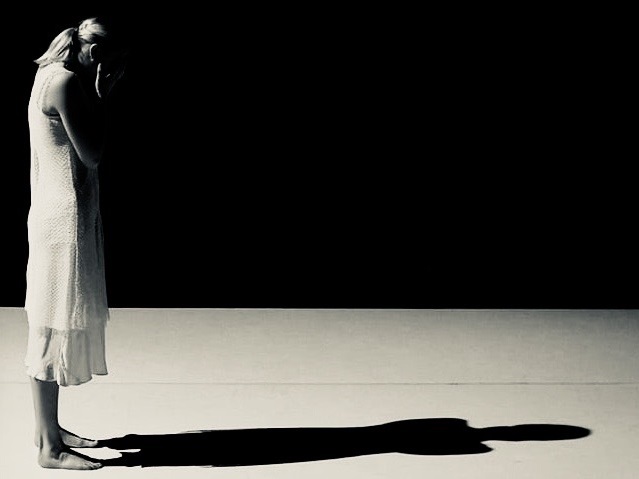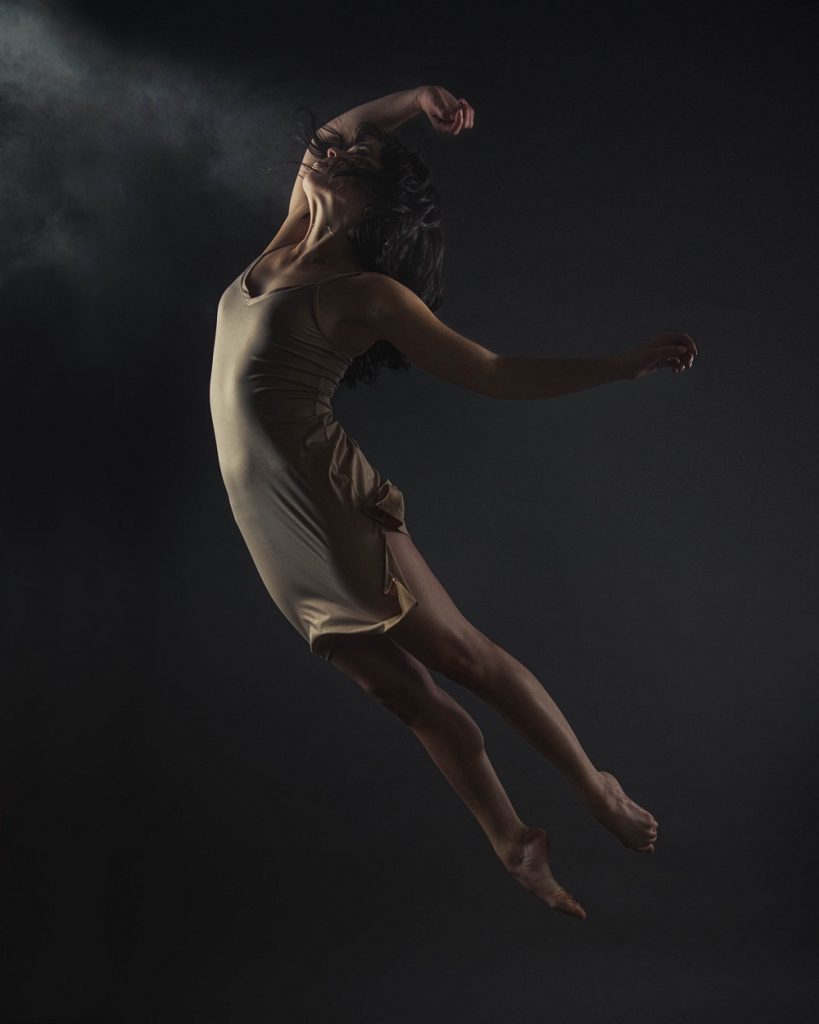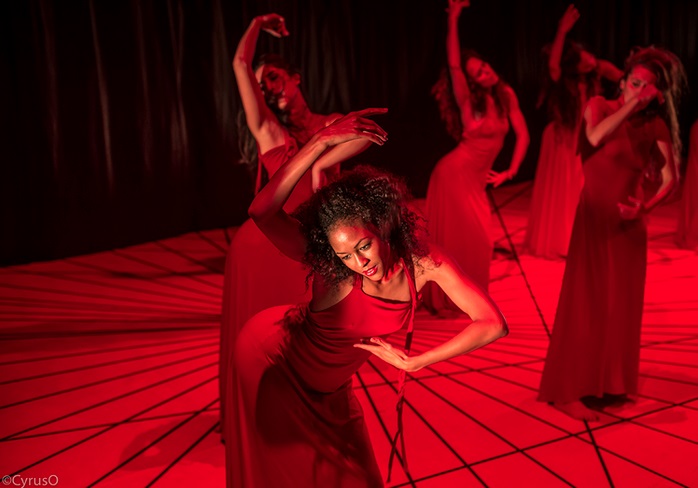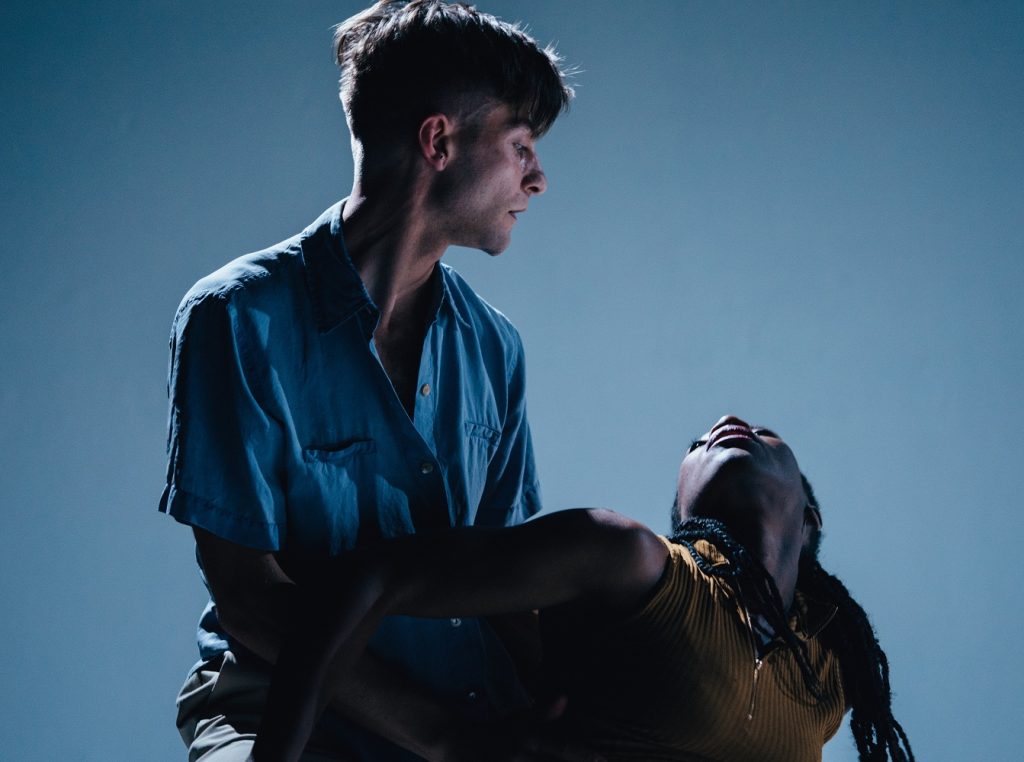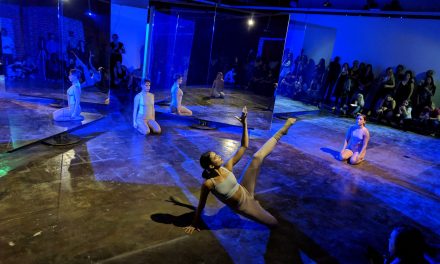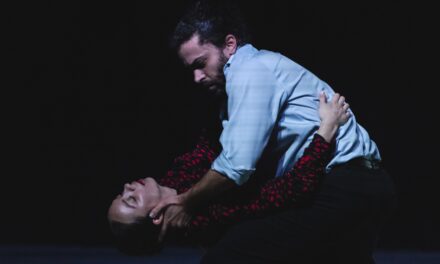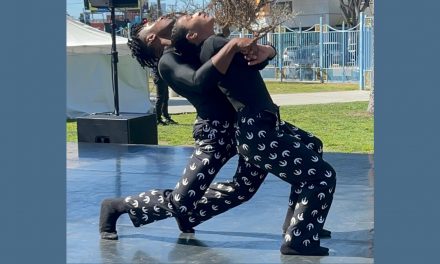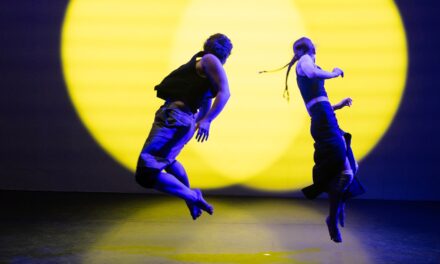LA Dance Festival an annual event, began live streaming this past weekend. This was the first of 4 weekends of Online Dance Performances running from October 2nd through October 25th in collaboration with The Luckman Fine Arts Complex, The City of LA Department of Cultural Affairs, Seoul International Dance Festival in TANK and the Korean Cultural Center of Los Angeles. Wendy Baker of Luckman Fine Arts and Deborah Brockus of BrockusRed are the Executive Directors with Brockus serving as the Executive Producer.
Anyone who can brave these unparalleled times and still present a dance festival is a force to be reckoned with and that force is Deborah Brockus. In spite of a pandemic which has stilled live performance, political unrest, lost funding, climate disasters and no new normal in sight Brockus has pulled off a miracle by culling together dance troops from near and far to keep this important cultural event alive. She is to be commended in every way for her unwavering focus and determination in making this happen.
By creating a streaming platform these performances can be seen continuously from 6:00pm until midnight throughout the October weekends. I watched Saturday, October 3rd, beginning at 8:00 and saw eleven pieces.
A buried body erupts from the earth as if birthed into a desolate landscape and begins a dance of angst and anger. This is “The Vision” with pedestrian choreography by Jamie Carbetta and dancer Elijah Laurent doing his best to make something out of very little. He tries hard but his lack of significant technique does not bring anything to the already thin premise. The soundscape was one note and did nothing to enlighten the audience as to the focus or idea behind the dance.
Unfortunately, many of the following pieces lacked in these areas as well. A paucity of a clear point of view, stifling slowness, soundscapes that do not distinguish one from the other and little actual dancing made for a disappointing evening.
“Wanderer” danced and choreographed by Marie Lloyd Paspe and Peter Chang was a study in stillness that moved into somnambulance (sleep walking) with little to no dancing and an uninspiring soundscape. The nature sounds that started the piece did give some quiet interest and Cinematographer Sean Allen Russel makes the most of the space and the bodies, but sadly he had little to focus on in the way of dance.
Tricky intertwining of two bodies in “Sacred Geometry” created unique sculpture against a bright sky as executed by Lamonte Goode and Pola Rubis with music by Tim Brown. Though eye catching it is hard to see where this piece might lead and true to this thought it ends abruptly. Still the creature-like poses might be fertile ground to develop this idea more fully.
“Self Disclosure” and “How 2 Become 1” also suffer from the issues raised earlier, the lack of a coherent idea, limited technique and unmemorable soundscapes. “Self Disclosure” choreography by Boroka Nagy with dancer Kristi Dai was filmed live at a pre-pandemic show. “How 2 Become 1” with choreography by Madison Hicks, dancers Dave McCall and Josie Anders was Directed by Simon Galerpun. Both need to move beyond simplistic movement into real dance and add emotional and musical intent.
More interesting was work by Su Mi Yoon titled “Ni Bi Jam.” On a stage saturated with blue light a line of eight female dancers sway slowly in a unison line while separated by a white rain curtain. Though this slow-motion section is too long many beautiful images are created. Each dancer is dressed in long billowing pant/skirt that resembles a Hanbok the traditional dress of Korean women. These swirling skirts add a hypnotic element as the dancers spin across the stage. Musical soundscape by Yoonjuin Lang has a spacey quality that picks up drums along with tempo as the rain curtain rises and the dancers take the full stage. Here they are able to move more freely with choreography that works well when done in unison. Technically the dancers are fine within the limited scope of the work. Sadly, the music stays at the same level and does not build which would have made this a strong piece. Instead they revert to the earlier slow motion and the dynamic is lost. This work did have some lovely moments, however, and the potential to become something more.
I also liked “By Any Means Necessary.” The music, Warrior Healer (featuring Charlotte Douglas) by Geminelle, is a powerful underscore of gospel music overlaying a cool beats track. The timely focus here is “Voter Suppression.” Dancer Derion Loman is struggling to get his ballot in the box but is held back by dancer Simon Greenberg. The dance is a fight for life and death until Loman struggles free of Greenberg’s grasp and is able to cast his vote into the symbolic ornate metal box. The metal work is by Stuart Mason with apt cinematography by Aaron Mendez. Derion Loman is the choreographer and has a clear sense of purpose that makes this one of the stronger pieces within this Festival.
“The About Time” choreographed and danced by Youngmi Kima is filled with gorgeous images, exquisite lighting, a perfect costume and a flower bouquet setting our expectations high. But we are in for a disappointment as the piece moves at a snail’s pace and we are dragged into the seeming despair of the character. I believe that Ms. Kima can dance but truly little was displayed in this outing. Again, the music was an indistinguishable soundscape. (No credits were given for Lighting and Sound.)
Deborah Brockus is the Director, Choreographer and Editor of her piece “Had We World Enough.” Here we have a panorama of beautiful California landscapes with dancers thrown in as decoration. The dancers are Deborah Brockus, Roxanne Al Falah Rey, Andrea Marblestone, Ruby Karen and Natalie Pen. Each does simple moves against the backdrop of a particular scenic sight to nondescript music. From these idyllic calendar pictures gigantic earth moving machinery comes into view along with amped up music. Her intent is clear and valiant, we must take care of our Mother Earth or it will be lost to us forever. Unfortunately, the piece felt cliché with more sightseeing than dance.
The final three pieces consisted of “Shadow” choreographed by Francesca Jandesek and danced by Ashley Krost and Antonella Redekosky. Using the shadow as an alter ego is not new but is always an interesting premise, which sadly goes unfulfilled in this poorly wrought piece.
Much better is “Layla Means Night” by choreographer Roseanna Gamson, Artistic Director of Rosanna Gamson/World Wide. An intense Indian tabla score by Houman Pourmehdi & Liam Ensemble sets the mood. Shot in what appears to be a mansion ballroom we have the sense of sexy danger as a woman in red hacks through an orange with a butcher knife while a white shirted male dancer moves sensually in the background. Female dancers dressed in eveningwear and ultimately all in red swirl in and out of the scene adding intrigue as well as interesting dancing. Ms. Gamson understands her premise and gives her dancers concrete choreography, which they execute well. This piece has potential; I would like to see what Ms. Gamson might do next.
To close out the night was the apropos “Key of C.” choreography by Genevieve Carson, Artistic Director of Los Angeles Contemporary Dance Company, with music composed by Eric Mason. This piece was created early in the pandemic when figuring out how to move forward was in its infancy. Ms. Carson tasked herself and her eleven company members to use their own cameras to shoot themselves dancing in their place of quarantine. Each used the same piece of music. This was then ingeniously edited together by Eric Mason. Because her dancers are technically proficient, musical and inventive this is a charming and heartfelt piece something we can all use right now.
As I stated earlier I admire Deborah Brockus immensely for continuing to endeavor against the odds. Yet, I can’t help but wish for dance and choreography of a higher caliber. Angst and despair have their place in dance but so do joy and gladness none of which was seen in this long night of hard work. After all, it is a Festival.
For more information about the LA Dance Festival, click HERE or HERE.
Written by Tam Warner for LA Dance Chronicle.
Featured image: Rosanna Gamson/World Wide – LAYLA MEANS NIGHT – Production still by Jose Diaz

